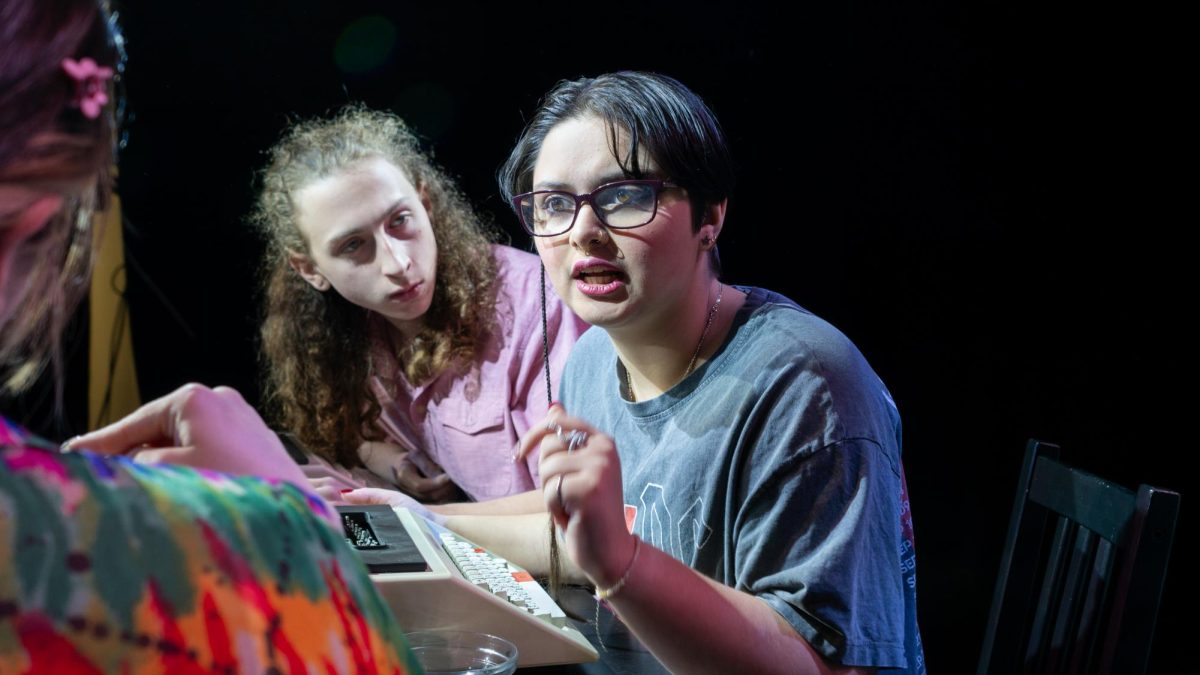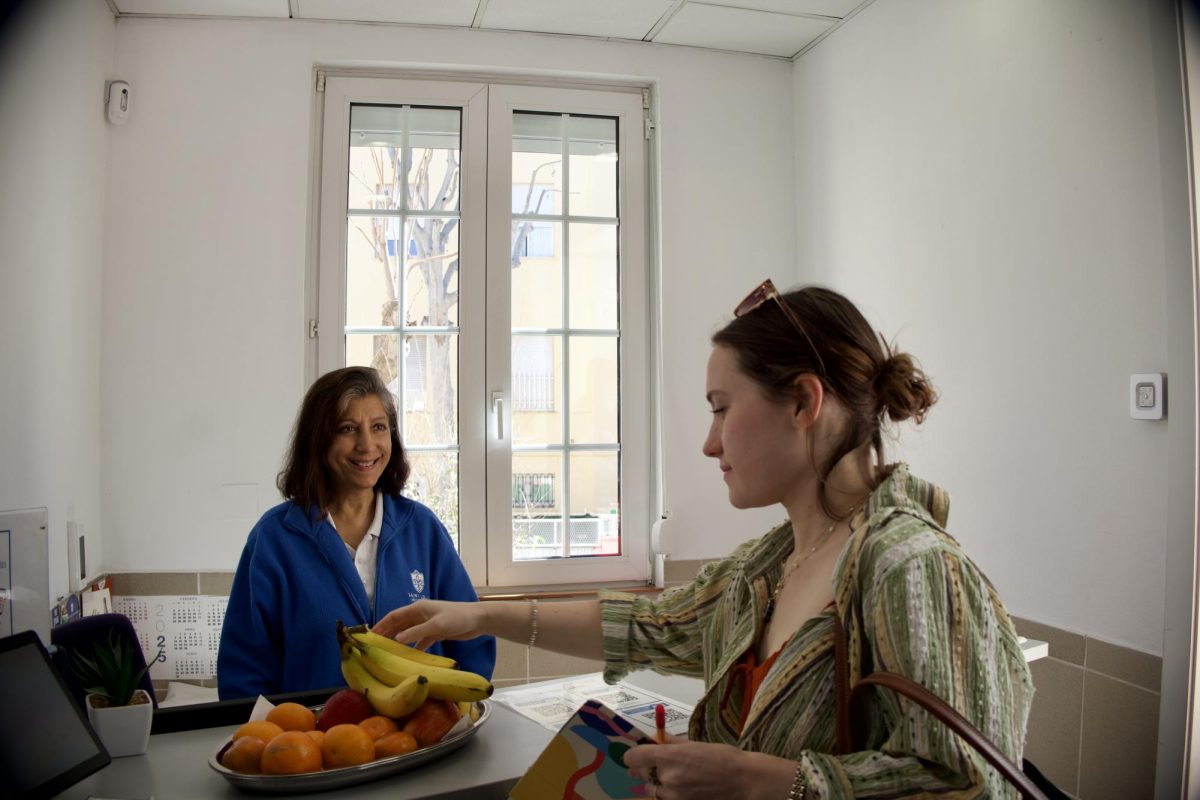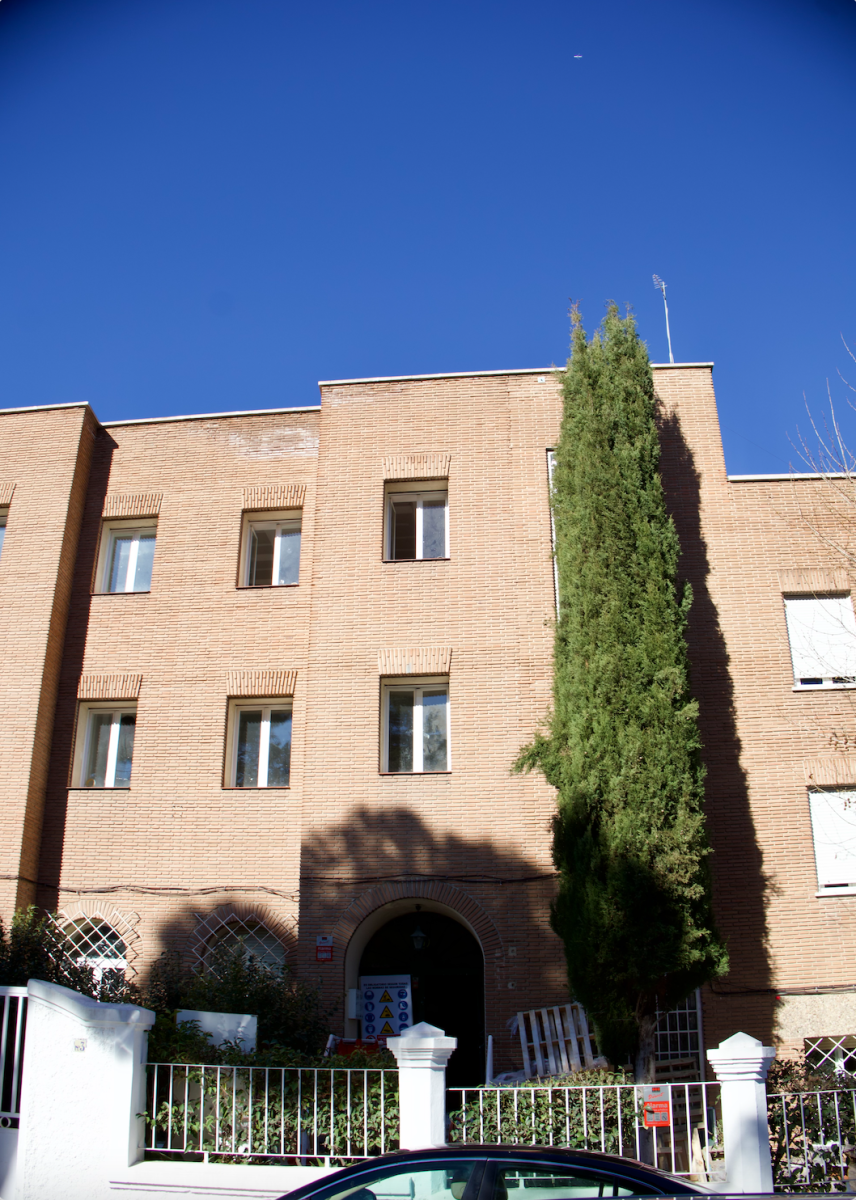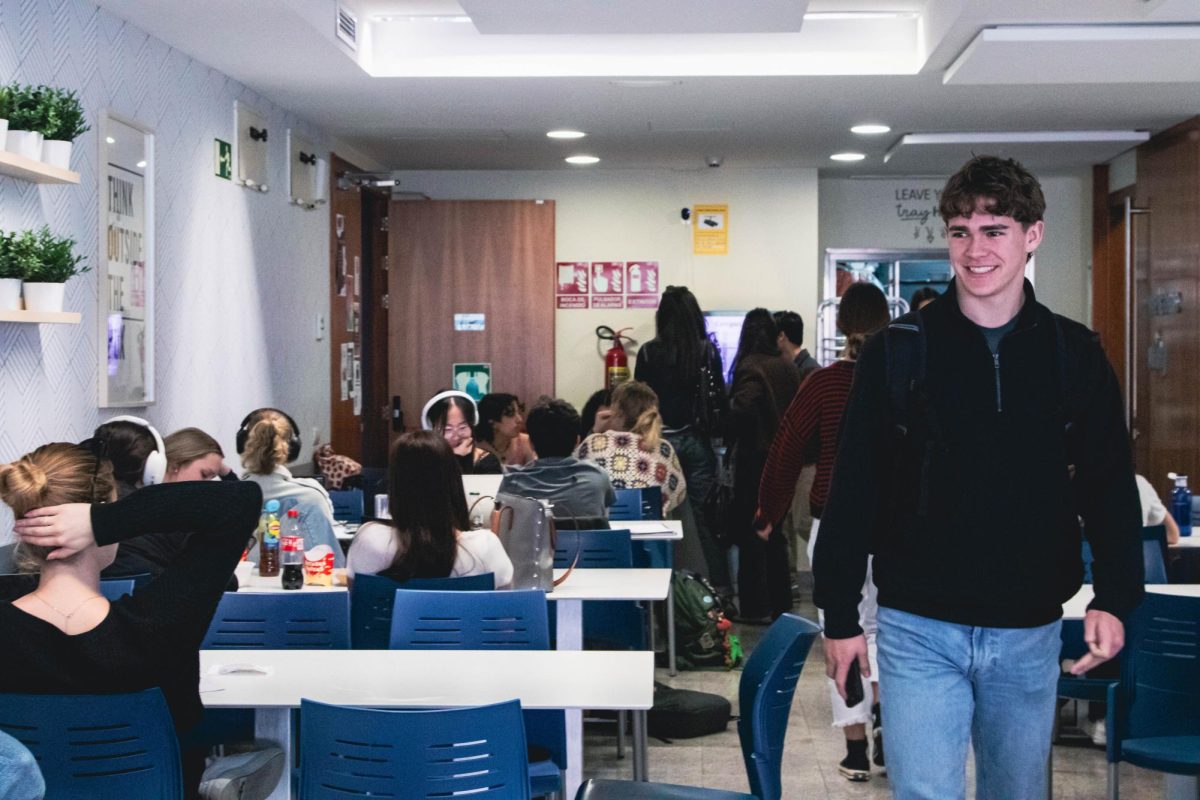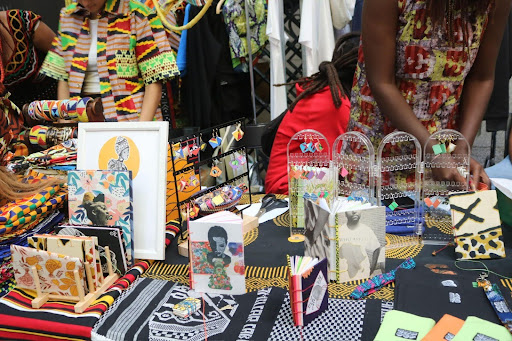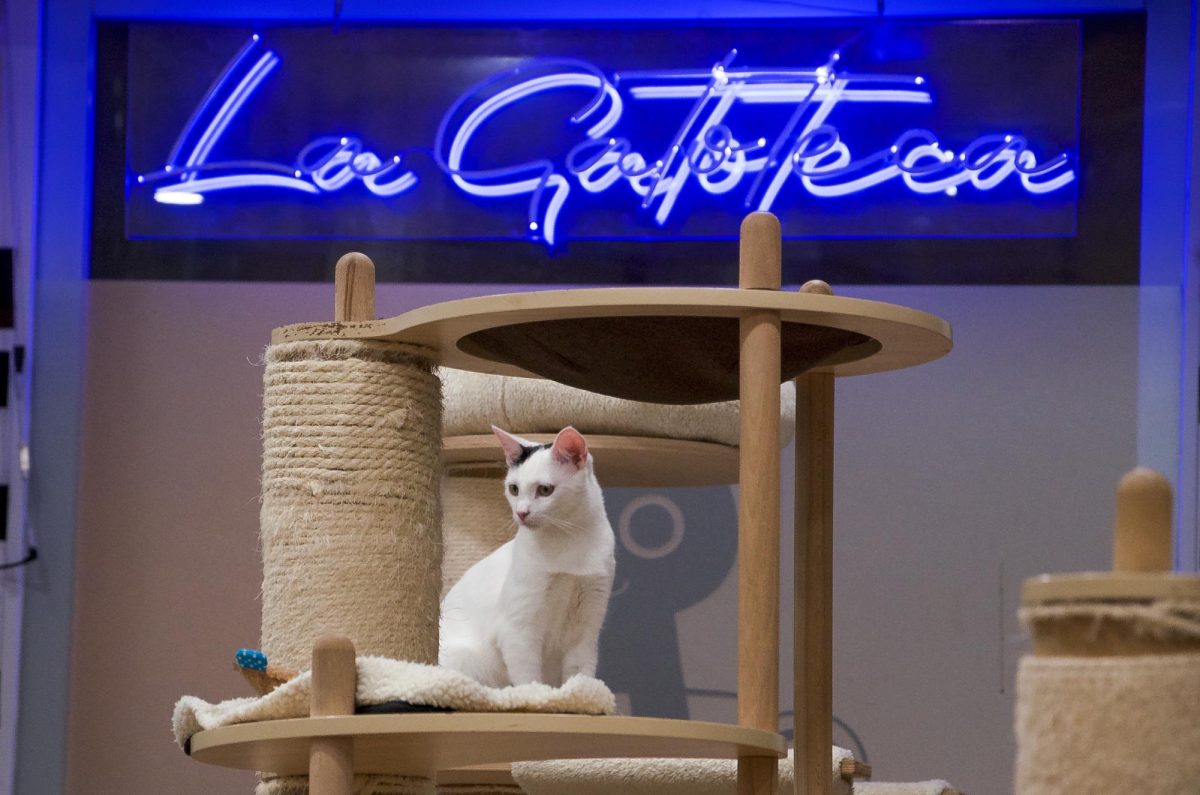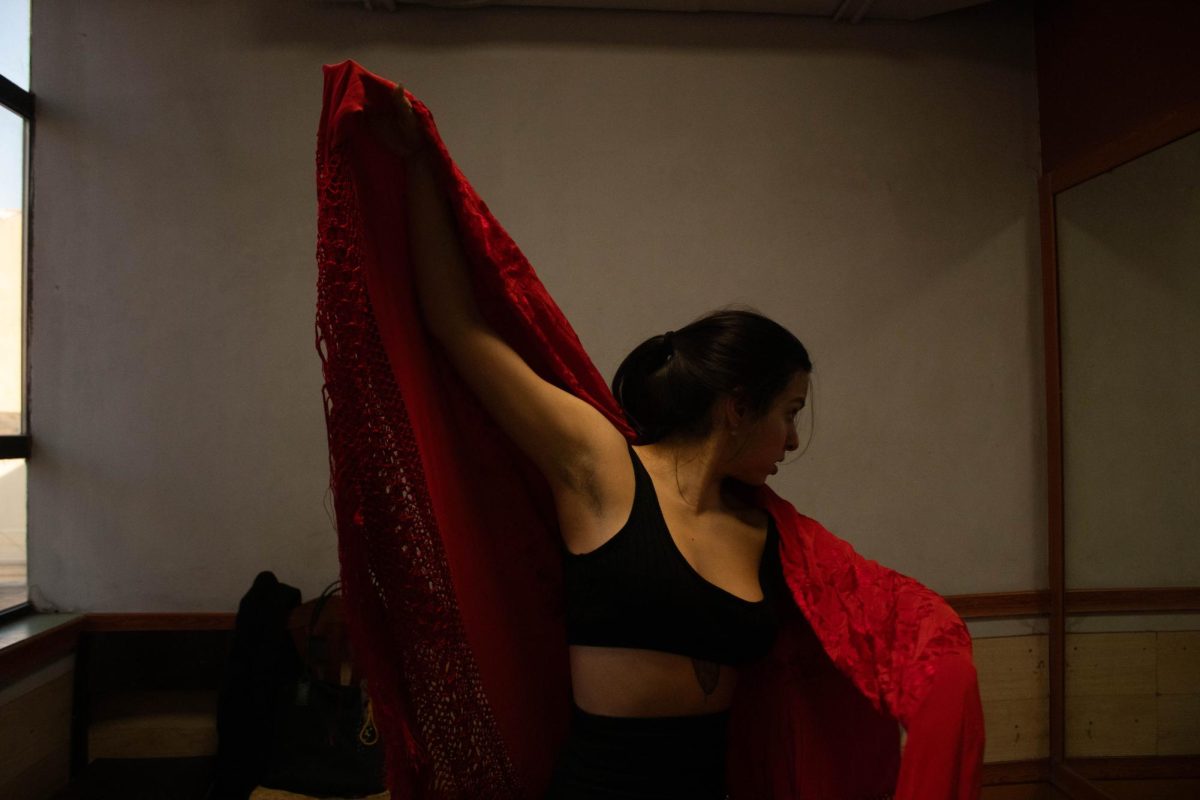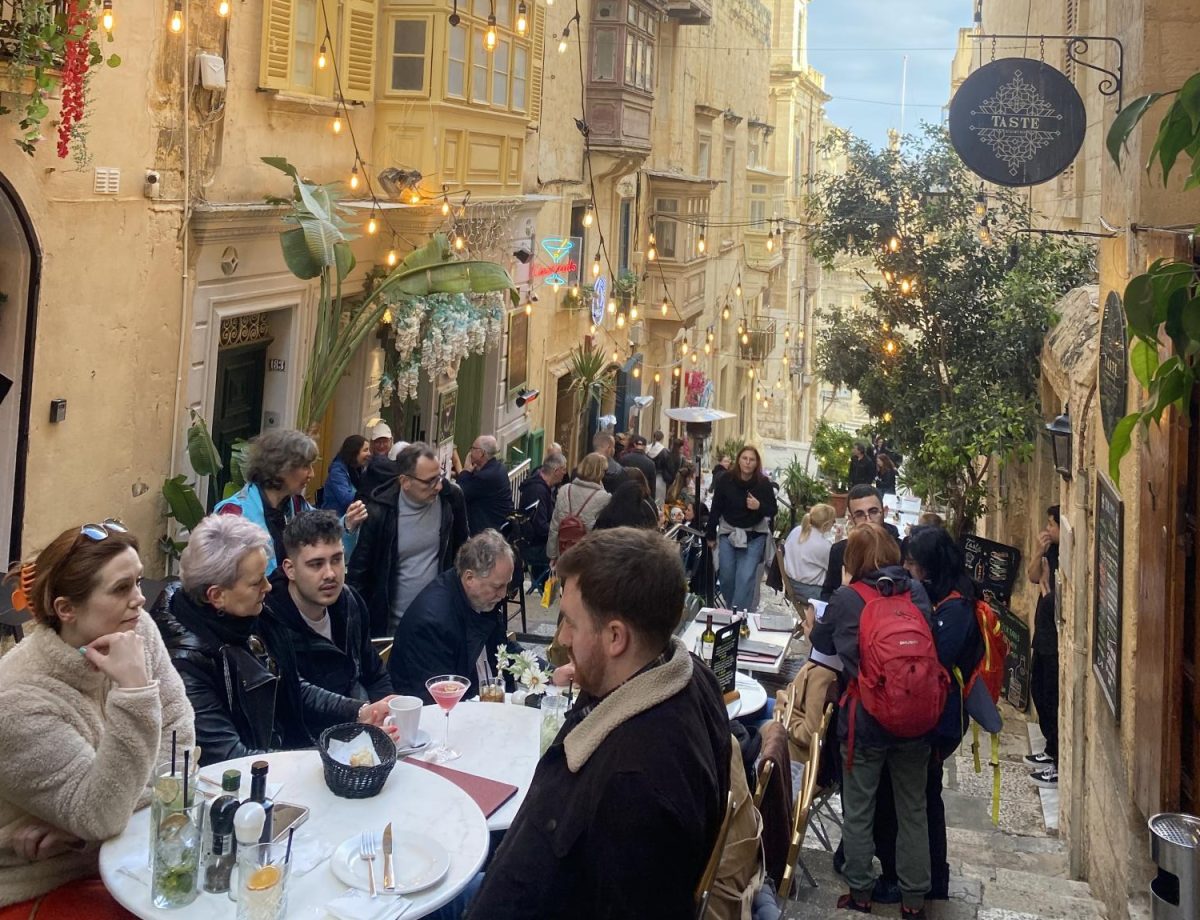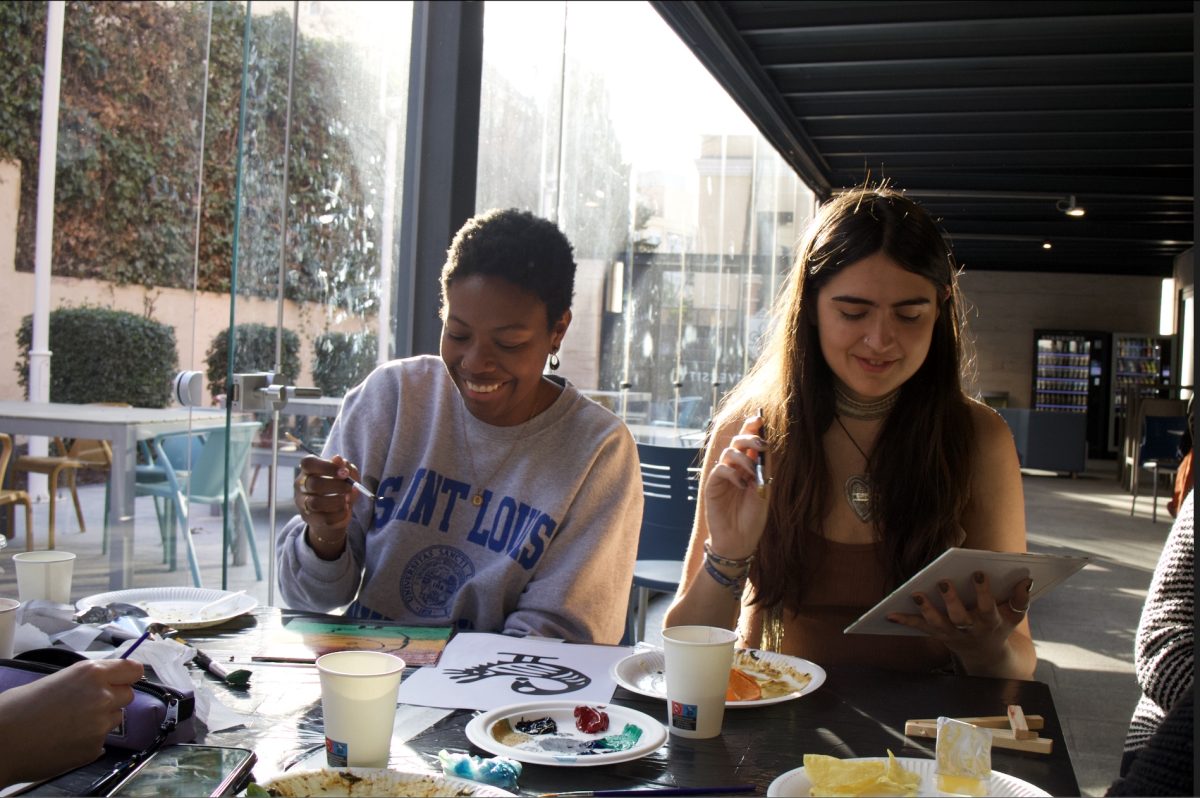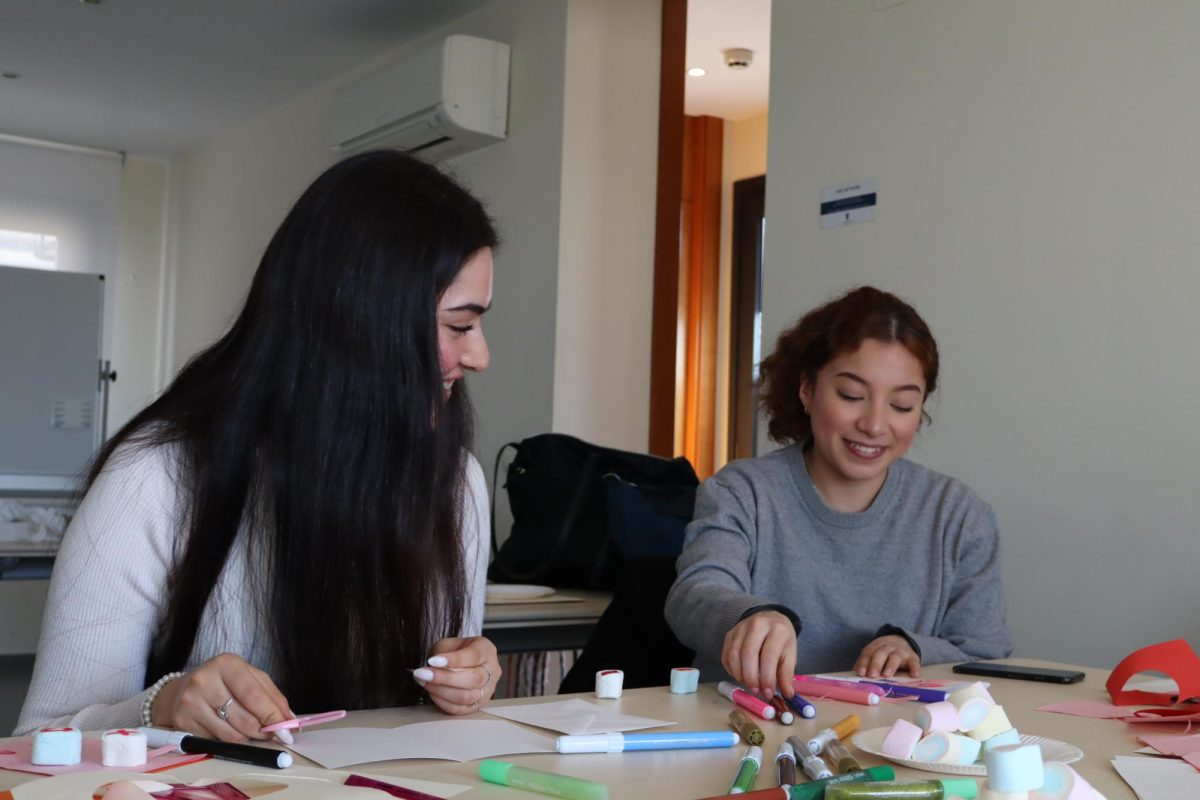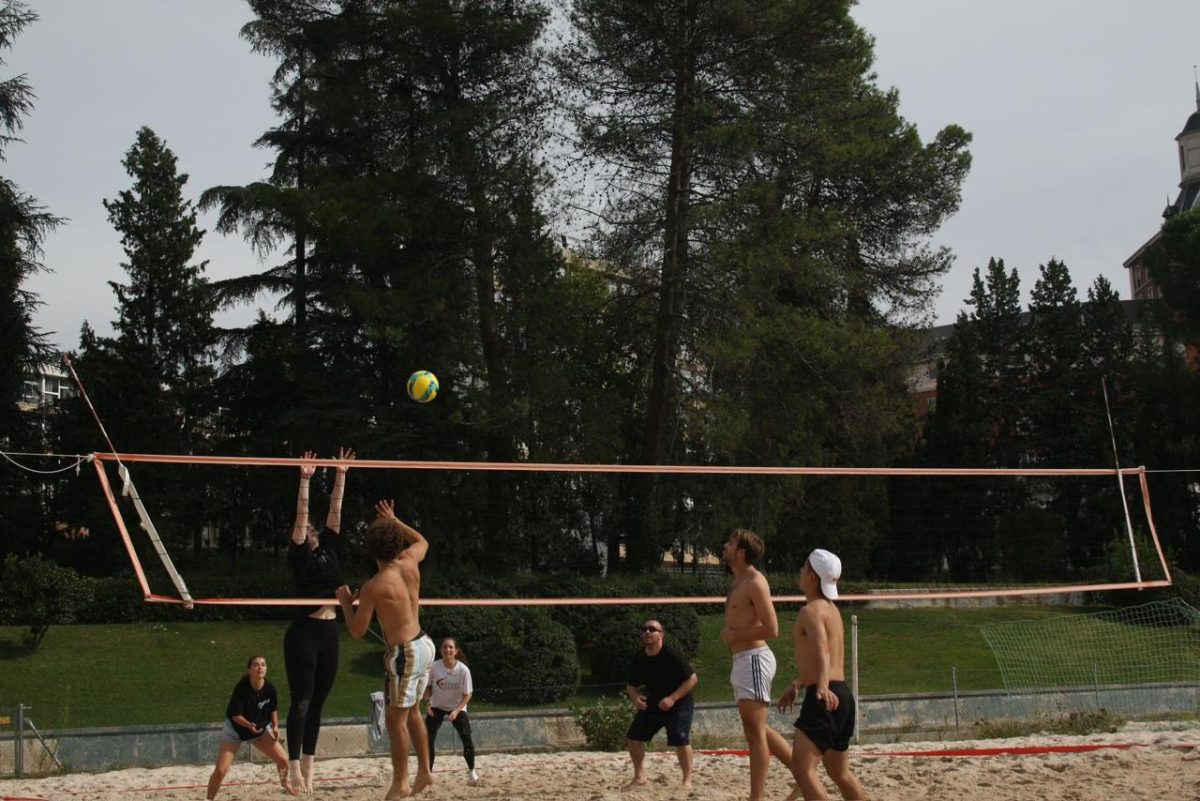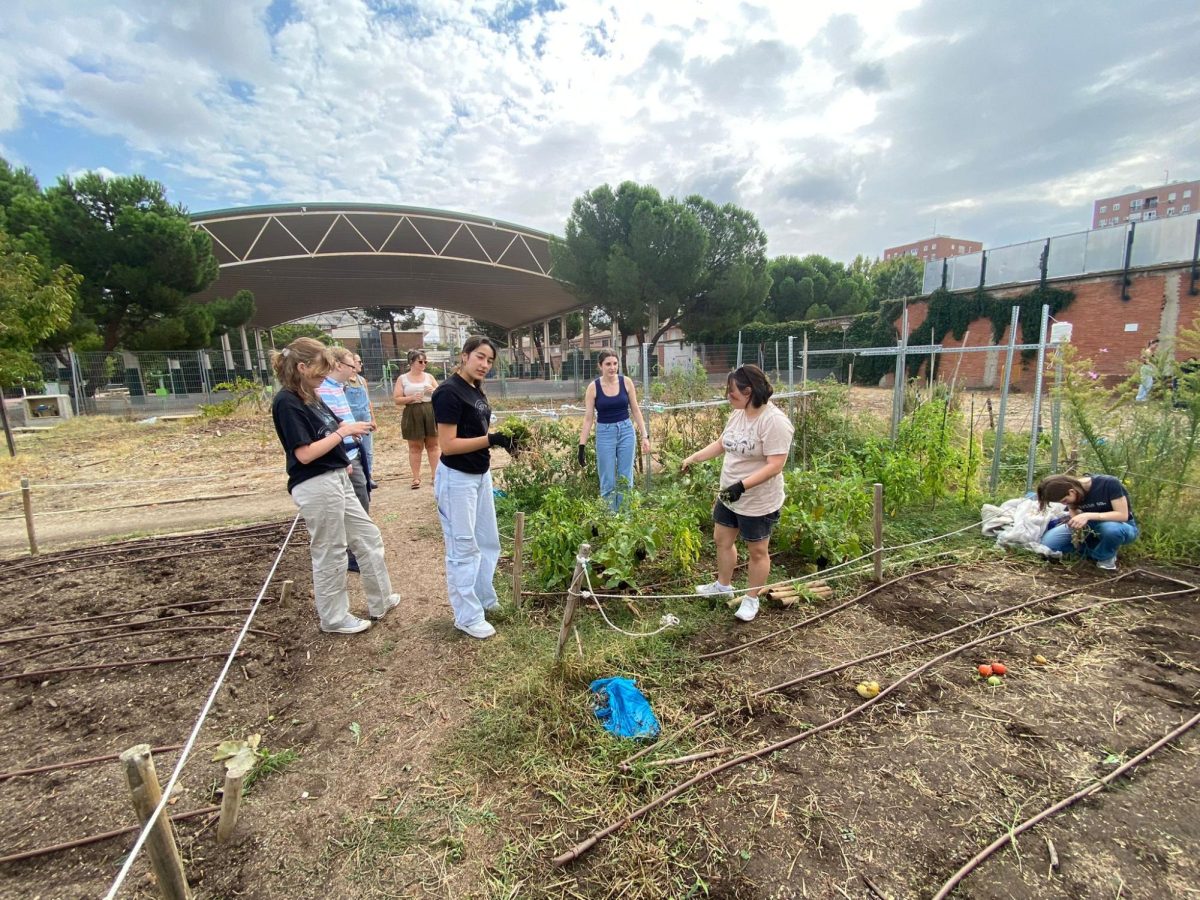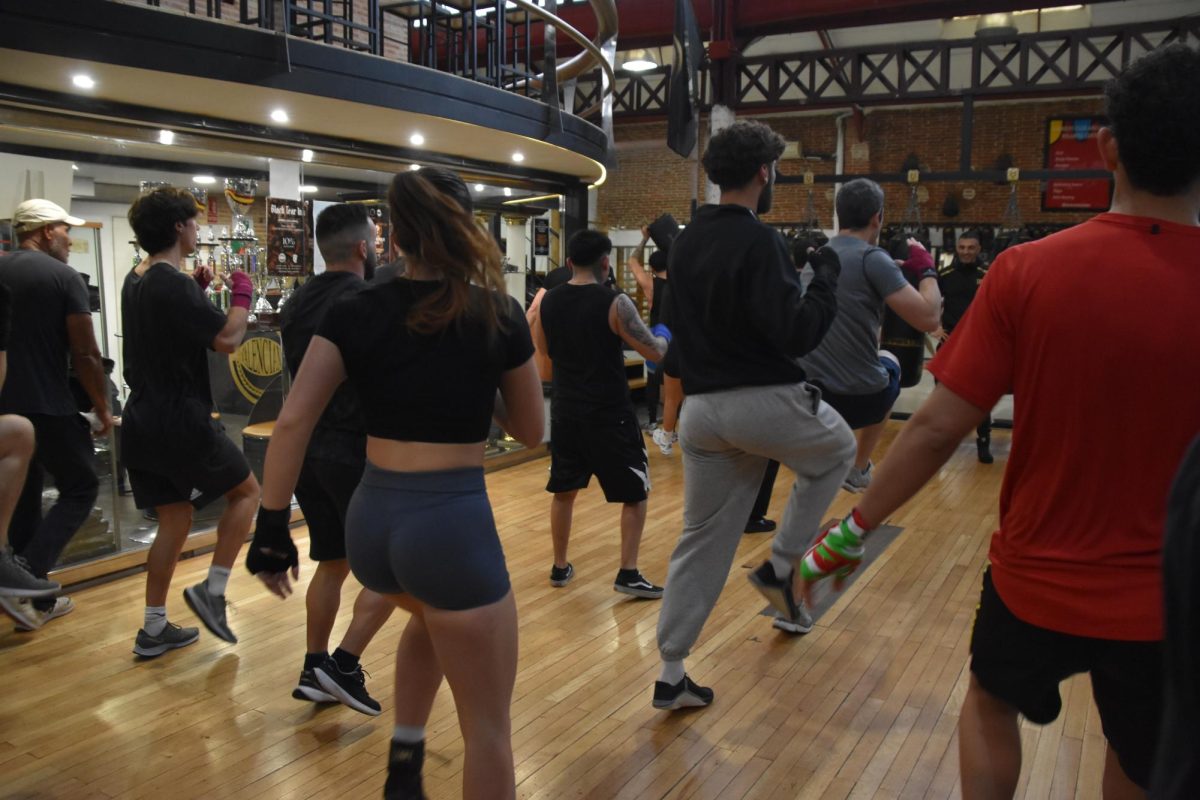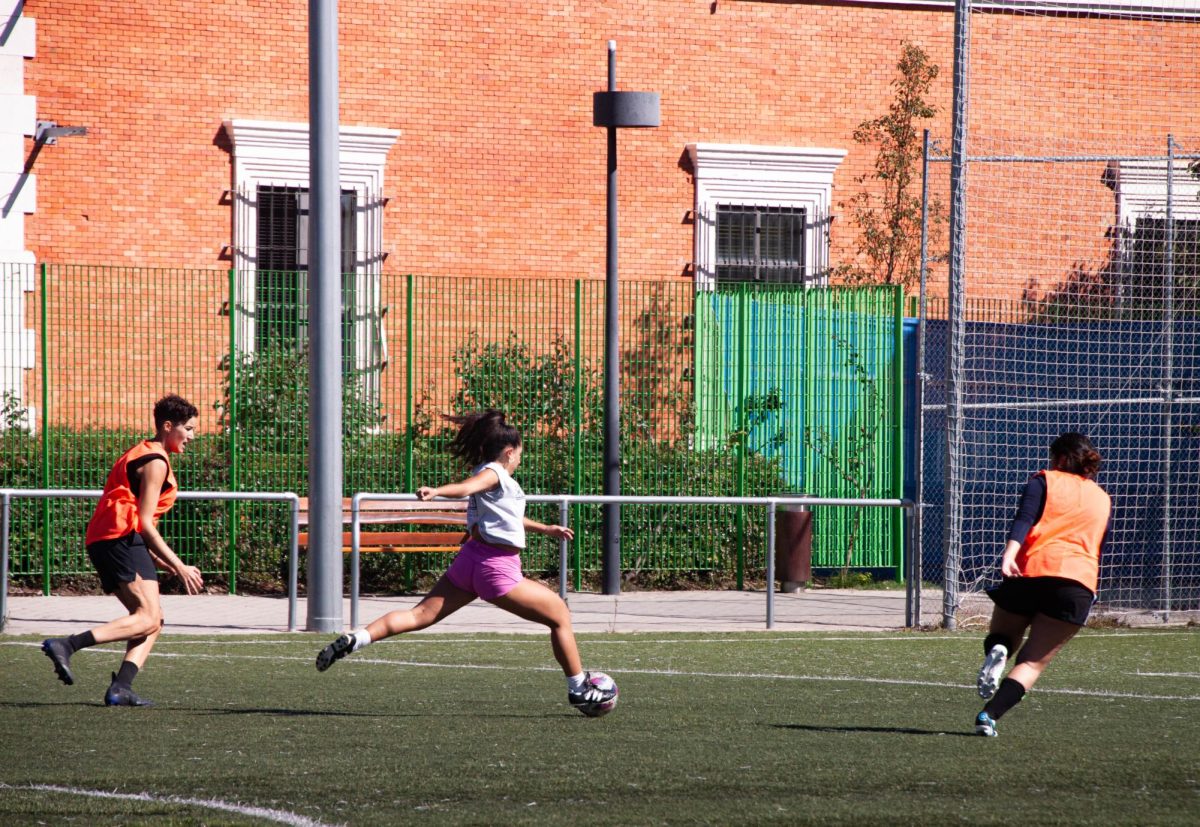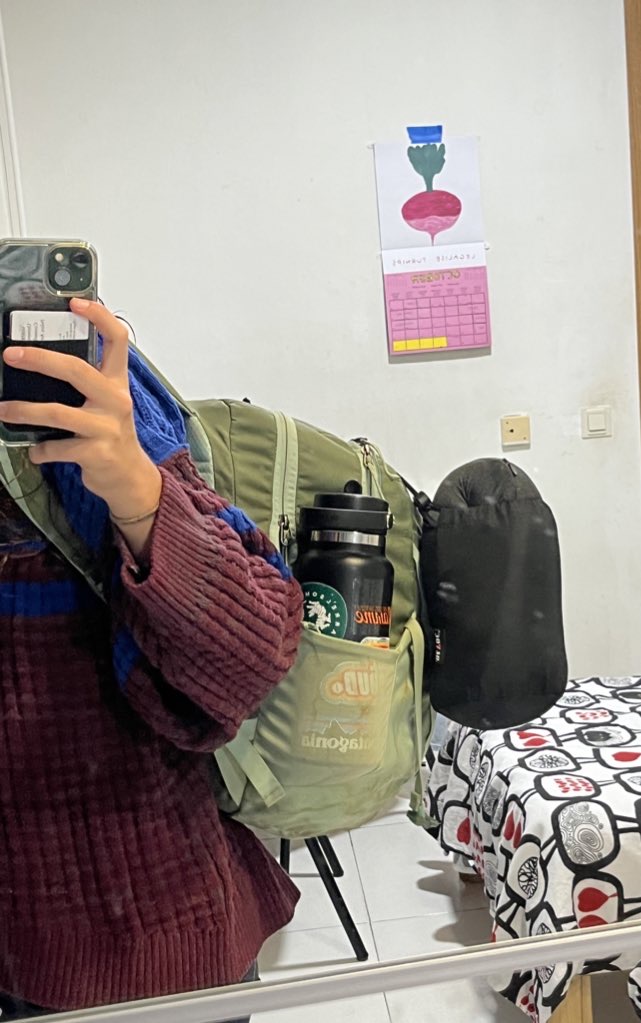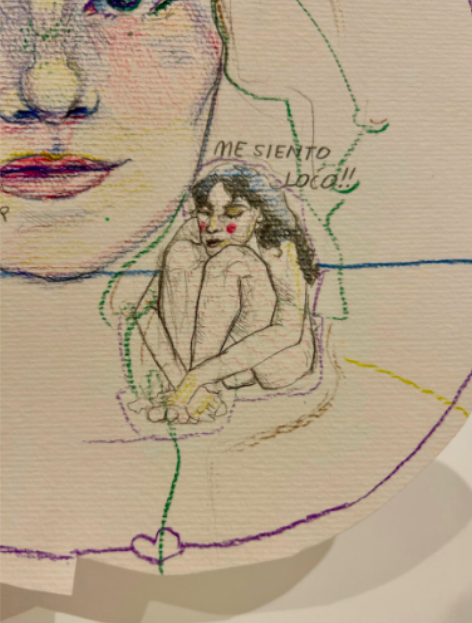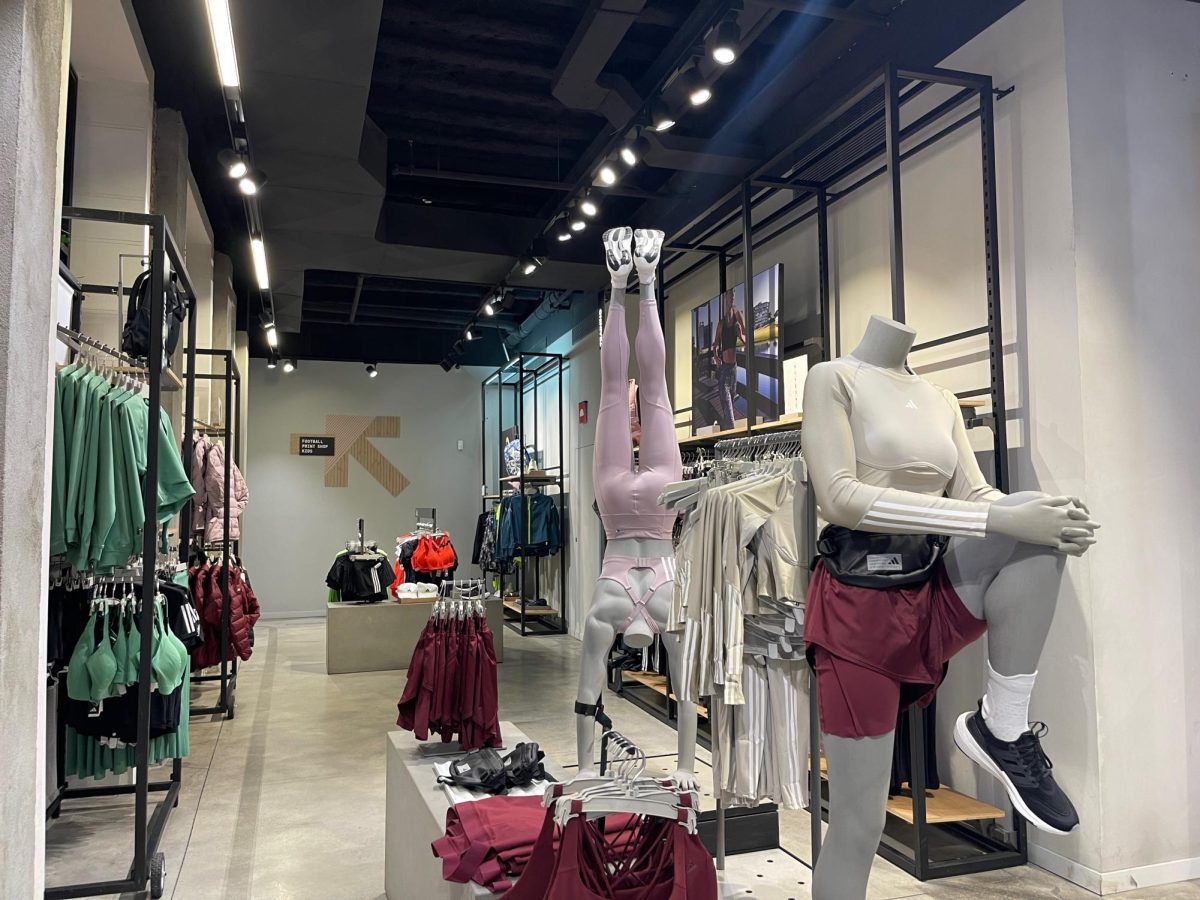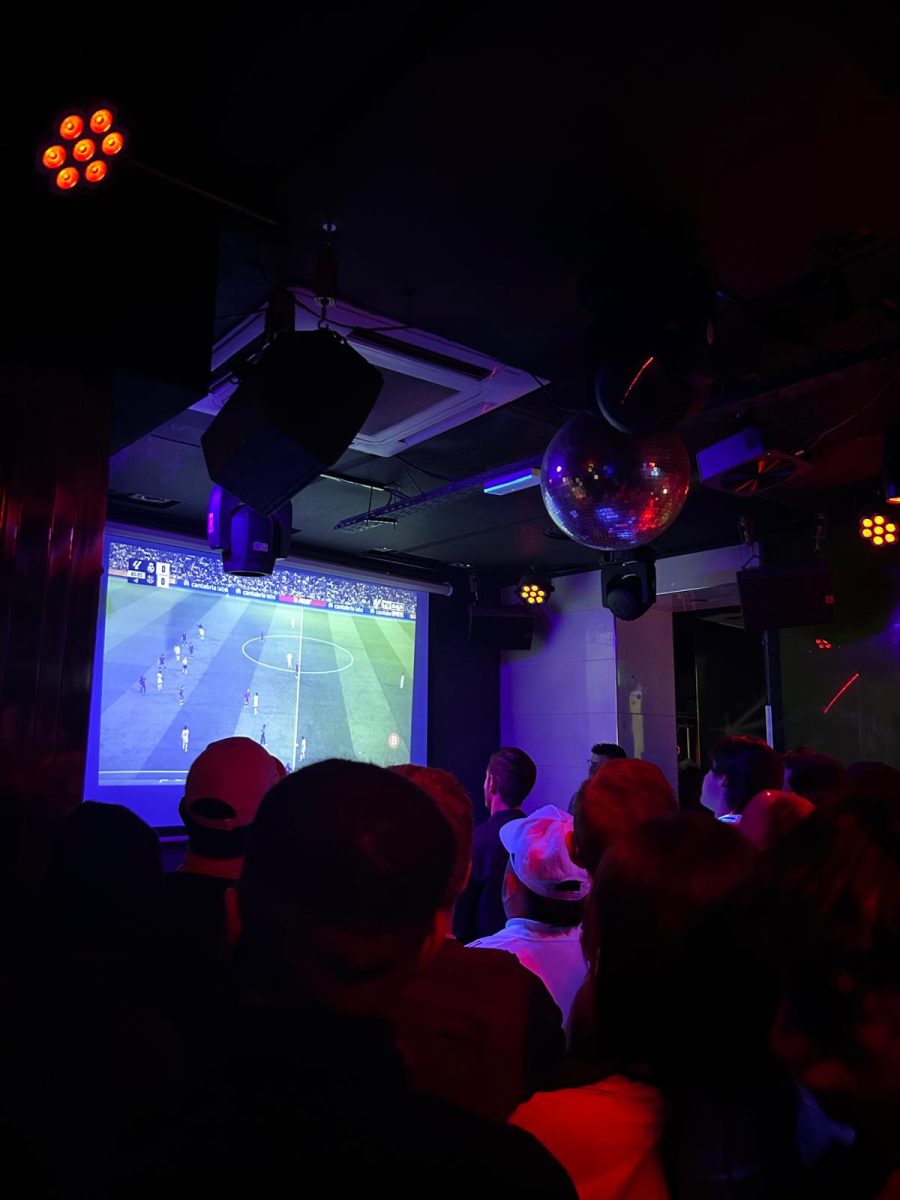Each night before bed, Alexanne O’Dell neatly lays out her leggings and top and gently places her socks by her sneakers. By the time she has fully shrugged off her sleep, she will already be on her way to her morning run. But instead of walking the fifteen minutes from her apartment to Retiro Park, she takes the Metro.
“I used to walk there, but I kept getting stares from the locals because I was in workout clothes,” says O’Dell, a study abroad student from the United States.
Prancing through the street with their trim figures, one thing is clear: Madrileños are fit. Walking down Gran Vía or through Puerta del Sol, however, you would never guess it. Not a runner in sight. Not even a person in exercise clothes.
Opportunities for exercise are scattered throughout the city. Runners flock to parks such as Parque del Retiro and Casa de Campo. Gyms populate practically every neighborhood. But outside of these locations exists little indication that Spaniards even know what a jumping jack is.
On a recent March morning, students entering Saint Louis University sported knit dresses with tortoiseshell buttons and slacks paired with cashmere sweaters. Exiting the metro, a student from the Spanish university CEU San Pablo wore khakis, a button down, loafers, and a black leather belt. Across town at CIEE, students parade across campus dressed in satin tops and trench coats. From the looks of their outfits, they could be going to a dinner party just as well as class.
In a new form of Americana, yoga pants have taken the place of Levis. However, this phenomenon has not yet made its way to Spain. In lieu of the American college “uniform” of yoga pants or sweatpants and a sweatshirt, students in Madrid opt for something a little more chic. Although easy on the eyes, some study abroad students find that the pressure to dress up makes it harder to find time to exercise.
“I joined the closest gym to my apartment,” says study abroad student Jacob Harris, “But, I never ended up going because it’s annoying to have to go home and change after class and then walk 15 minutes.”
Harris is not alone in this sentiment.
“Honestly, it’s a deterrent for me,” says study abroad student Brooke Ketterer, “I don’t want to work out because I feel judged in my workout clothes on the way to the gym.”
Whether it’s uncomfortable stares or a time-consuming nuisance, wearing exercise clothes out and about in Madrid is clearly taboo. Although the exact reason remains unclear, several theories exist.
“People just dress nicer in Spain,” says María Lueña, a Madrid local who has been attending university in the United States for the last two years. She believes that wearing nicer clothes is a sign of respect–a necessity in Spanish culture. Lueña compares the two countries’ attire to their grammatical structure.
“Everything in Spain is a bit more formal than the United States–that’s why we have a tú and Usted form.”
The trend, however, may have less to do with formality, and more to do with Spanish exercise culture itself.
“Exercise is just now becoming a ‘young’ thing in Spain,” says Ismeal Gonzales, a Spanish student at CEU, “When I first joined my gym, it was only old people, but in the last year or two a lot more people my age have started coming.”
According to the 2011-2012 World Health Report, Spanish adults, especially younger ones, struggle to meet recommended physical activity levels. In fact, only 66% of adults aged 18-69 reached recommended levels. The Spanish National Institute of Statistics reports that the percentage of Spaniards who said they regularly exercised in 2020 was only 26.5.
According to Gonzales, the reason is cultural.
“People like to say that Spaniards make time for leisure and hanging out with friends, and to some extent it’s true,” he says, “I am one out of three of my friends who I know has an actual exercise routine.”
Time that could be spent toward exercise may be used for other activities. “In my humble opinion, I believe that young adults spend too much time using their cell phones,” says César Rioja Álvarez, the Sports Director at Saint Louis University. The issue isn’t limited to just the youth population.
“This problem extends to the general population,” Álvarez says, “When I talk to people who tell me they don’t have time to do physical exercise…I tell them to show me their cell phones to see how much screen time they’ve used.”
According to Álvarez, it’s always more than they think.
Gym industry growing in Spain
Whatever the reason for the lack of physical activity, the trend may be taking a turn. According to both Gonzales and Lueña, more and more gyms have been opening across the city in the last few years. Later this year, Barry’s Bootcamp, an American fitness class with a cult following,
is expected to open a location in Madrid as well. According to the 2016 Market Report on Spanish Health Clubs, certain sectors of the exercise industry specifically have experienced a significant increase in growth in recent years. Growing sectors include private studios where visitors pay per visit, such as pilates and boxing classes. Additionally, personal training studios that offer either one-on-one or small group training are growing their presence as well.
In addition to paid options, more publicly funded exercise venues are becoming available as well. In 2021, the City of Madrid debuted “Cubo Gym Madrid,” a portable gym that can be moved across the city. Met with much success, the city plans to install 25 of these cubes throughout Madrid’s 17 districts. The cubes will host one hour training sessions and reservations can be made either through the “Madrid Móvil” App or through the municipal website. Classes are available to anyone over the age of 15.
As exercise becomes more popular among youth, it is possible the trend will carry out into fashion as well.
“Young people are often the ones to start a trend,” says Mary Palmer Roberts, who is studying fashion media at Southern Methodist University, “Especially because of social media, youth have become trendsetters in addition to the big fashion houses.”
This has already been true with regard to Spanish footwear. Though not always popular, sneakers have become a staple in the wardrobes of many Spaniards.
“When I lived in Spain as a child, no one ever wore sneakers except for when we were playing sports,” says Sofia Prieto, a study abroad student who lived in Barcelona for most of her childhood.
“Being back, everyone on the streets is always in sneakers,” she says, “It’s a trend that started because young people were doing it, and then suddenly everyone was.”
In 2022, the sneaker market in Spain generated over $1 billion. Furthermore, the market is expected to grow 5.53% in the coming year. With regard to overall athletic attire, however, there has not yet been the same shift.
“If I show up to my abuela’s house in yoga pants, she might explode,” says Prieto, “But things are always changing–maybe one day.”
For now, however, in order to blend in, students will have to stick to bringing a gym bag.
